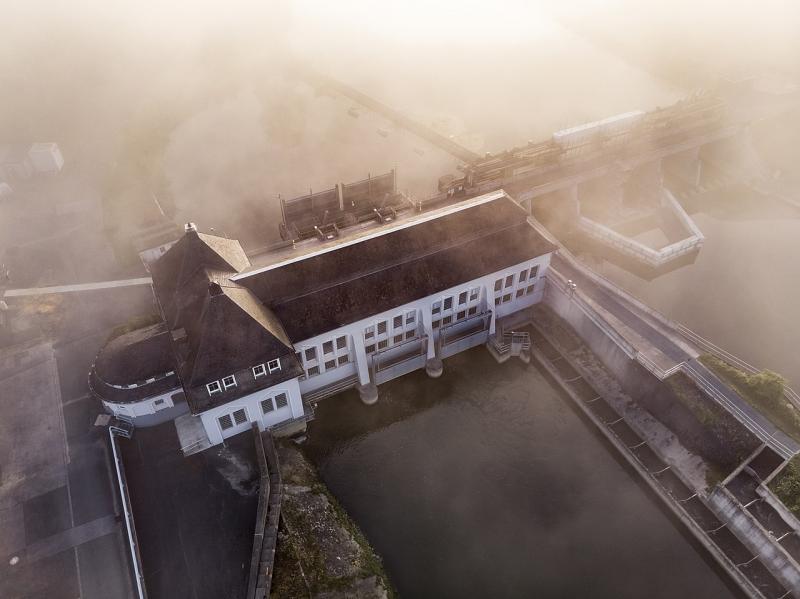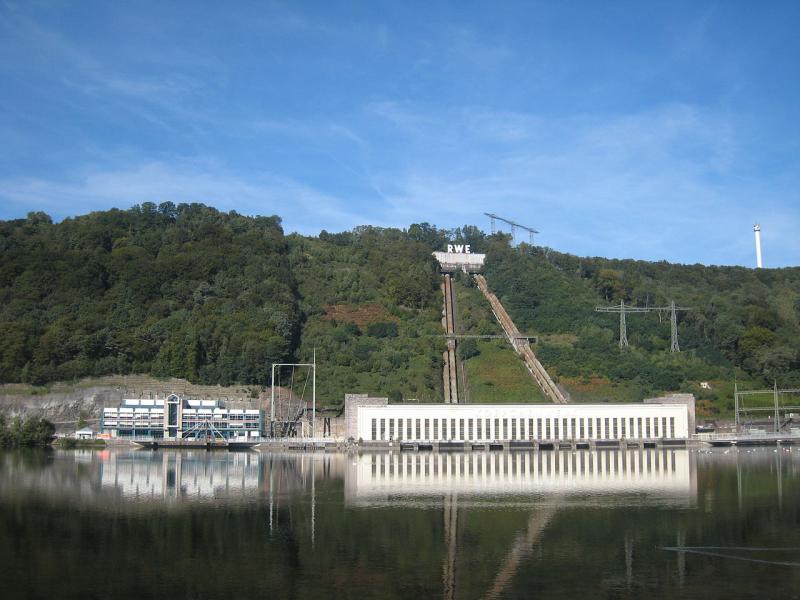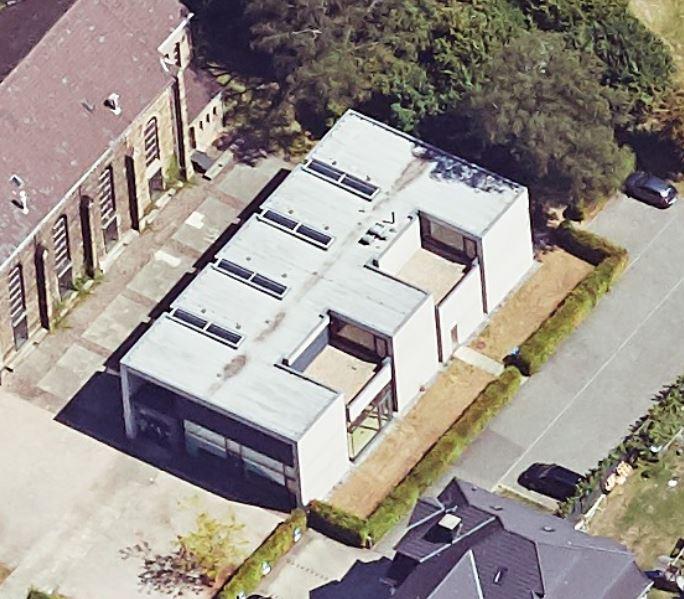Hohensyburgstraße, 44265 Dortmund
Icon legend
![]() This icon indicates an awarded building
This icon indicates an awarded building
![]() This icon indicates a listed building
This icon indicates a listed building
![]() Projects with this logo are on the UNESCO World Cultural Heritage list
Projects with this logo are on the UNESCO World Cultural Heritage list
![]() Project has been converted, renovated or extended
Project has been converted, renovated or extended
x close
![]()
1287
- keine Angabe -
- keine Angabe -
- keine Angabe -
Advanced search with more criteria
Total projects: 483

58239 Schwerte
Distance: 2.27 km

58313 Herdecke
Distance: 2.60 km

58099 Hagen
Distance: 3.34 km
Between Hagen and Dortmund, north of the Hengsteysee, a reservoir from the 1920s, on a hill of the Ardeygebirge we find the Hohensyburg ruin. On the western edge of the hill is the Kaiser-Wilhelm monument, unveiled in 1902.
The castle was built after 1100 on the steep western slope of Syberg at its then strategically good position: It served to protect the nearby Reichshof Westhofen. In 1287, Graf Engelbert III von der Mark had the castle destroyed to fight the plundering in the region done by its lords. Today, the ruin houses a cenotaph. As early as in the 8th century Saxon tribes had erected a hill fort here, which was then taken by Charlemagne. The reminders of this hill fort can still be visited.
To the west of the ruin is an observation tower from 1857 that is named after the first Westphalian Oberpräsident, Freiherr Ludwig von Vincke. This baron had owned the castle since 1810. On the western edge of the hill is the neo-Gothic-style Kaiser-Wilhelm monument, unveiled in 1902 and visible from afar. The emperor sits astride his horse in front of a 34m tower, framed by statues of Bismarck and Moltke. In 1935/1936, the monument was reduced to its basic structural shape; the figures were in part regrouped or even removed.
Since 1945, the monument and the ruin have been owned by Landschaftsverband Westfalen-Lippe (regional authority). From the monument’s observation terraces visitors can see into the Ruhr valley, the Lenne flowing into the Ruhr and Hengsteysee at the hill’s foot. When the weather is clear, the Sauerland’s north-western mountains can be seen in the far away.
Author: Route Industriekultur/ Editorial baukunst-nrw
Last changed on 15.02.2022
Categories:
Engineering » Towers
Architecture » Public Buildings » Palaces/Castles/fortifications